05. September, 2025delish0
In today's ubiquitous barcode recognition technology, the quality of the barcode ribbon as the carrier of information directly determines the clarity, scanning success rate and durability of the barcode. However, in the ribbon production chain, slitting – the process of cutting wide coils into small coils of different widths according to customer needs – has long been a key factor in determining cost, efficiency and quality. The high waste rate, dimensional error and potential quality defects brought about by traditional slitting methods have been unspeakable pain points and cost black holes in the industry.
The emergence of modern high-precision ribbon slitting machine is completely subverting this situation with its excellent technical performance, leading the industry to a profound practice with "cost reduction and efficiency increase" as the core.
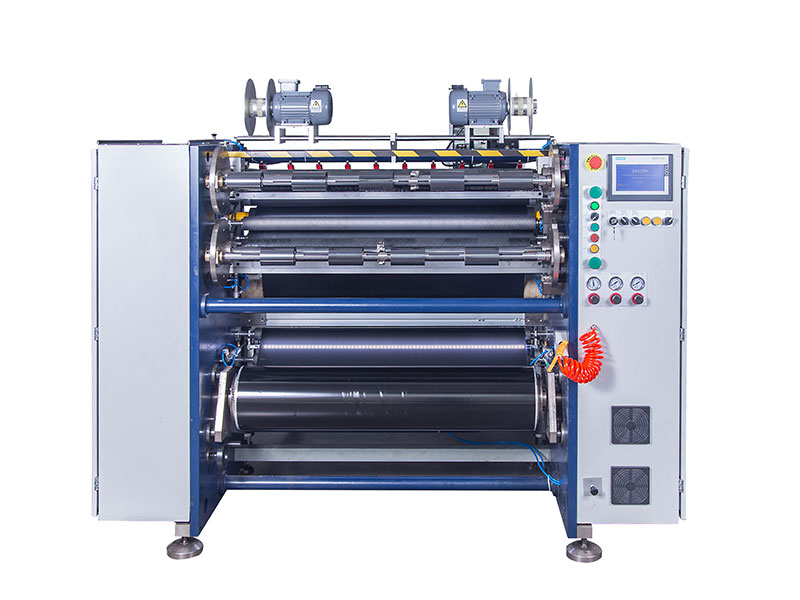
1. The death of traditional slitting: the root cause of waste and error
In an era of low automation, ribbon slitting faces many challenges:
1. High material waste rate: Unstable mechanical tension control and poor cutter accuracy make the ribbon very easy to elongate, break or even deviate during the slitting process, resulting in a large number of waste coils and head and tail materials. The low yield of each master roll directly pushes up the cost of raw materials.
2. Large Dimensional Accuracy Error: Relying on manual measurement and adjustment, the consistency of the slitting width is difficult to guarantee. Micron-level errors can cause the ribbon to be loaded into the printer and not aligned, causing the customer's production line to shut down and lead to complaints and claims.
3. Surface Contamination and Scratch Risk: Excessive mechanical contact and insufficient cleanliness can easily leave fingerprints, dust, or scratches on the sensitive coating surface of ribbons, affecting the printing effect and even damaging the printhead.
4. Low production efficiency: changing tools, changing rolls, and adjusting parameters depends on the experience of the master, which is time-consuming and time-consuming. It is impossible to achieve continuous and large-scale production, and it is difficult to cope with the flexible market demand of multiple varieties and small batches.
5. Lack of data management: The production process lacks digital records, making quality traceability difficult. When a problem occurs, it is impossible to quickly determine whether it is a master roll problem or a slitting process problem.
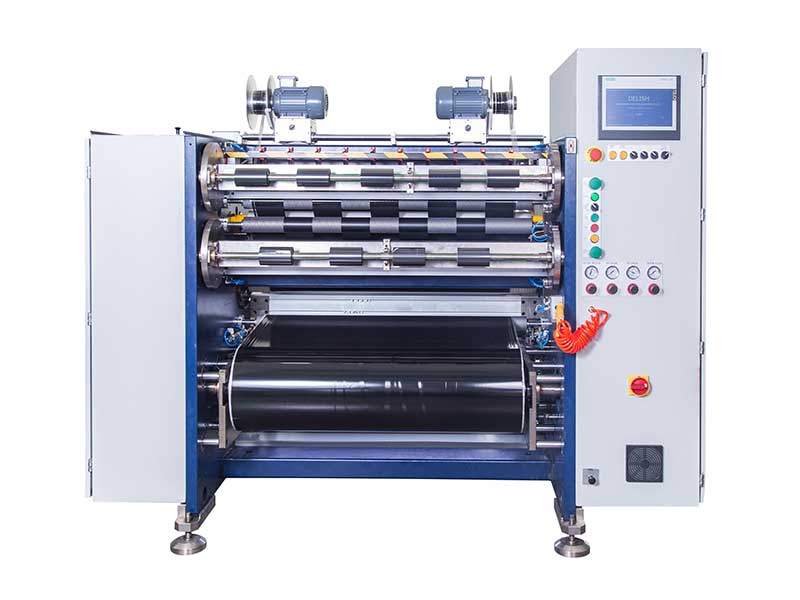
2. Innovation in Modern Slitting Machines: The Fusion of Precision and Intelligence
Modern ribbon slitting machines solve the above pain points one by one by integrating precision machinery, sensing technology and digital intelligence.
1. The key to cost reduction: extremely reduce material waste
• Automatic tension control system: Magnetic powder clutch, servo motor, etc. are used to realize the constant tension closed-loop control of the whole process from unwinding, slitting to winding. Ensure that the ribbon as thin as a cicada's wing is relaxed in high-speed movement, fundamentally eliminate stretching, folding and fracture caused by sudden changes in tension, and increase the yield to more than 99%.
• Precise Length Fixing and Scrap Rejection: High-precision photoelectric encoders achieve precise length slitting to avoid inconsistent lengths. At the same time, the machine can automatically detect and reject the original joints and obvious defective paragraphs of the master roll, ensuring that each finished roll is the perfect length.
2. The way to increase efficiency: increase speed and flexibility
• High-speed slitting capacity: With a high-rigidity body and precision bearings, it supports slitting speeds of up to 600-800 m/min, and the production efficiency is several times that of traditional equipment.
• Quick Tool Change System (AQB): When changing the slitting width, all cutter adjustments and locks can be completed in minutes without the use of tools, greatly reducing downtime and meeting flexible production needs.
• Automation and linkage: It can realize automatic feeding, automatic strapping, automatic labeling, automatic weighing and unwinding, reducing manual intervention, and only 1-2 people are required to operate a production line, significantly reducing labor costs.
3. Quality shield: eliminate errors and defects
• Micron-level slitting accuracy: The use of ultra-precision ball screws and linear guide rails to drive the cutter is cooperated with the laser width monitoring system for real-time feedback and adjustment to ensure that the slitting width tolerance is stably controlled at ±0.05mm or even less, perfectly matching various printer specifications.
• Non-contact cleaning and detection: Integrated ion air wand and dust-free wiping mechanism to continuously clean the surface of the ribbon during the slitting process. Equipped with a CCD camera or laser scanner, it detects and marks defects such as black spots, scribes, and missing coatings online to achieve high-quality output.
• Constant pressure circular knife slitting: Compared with traditional flat knife shearing, circular knife slitting adopts the principle of rolling shearing, which has a longer cutter life, produces less debris, and has a smoother and flatter cut, without burrs, effectively protecting the ribbon coating.
4. Intelligent Brain: Data-driven decision-making
• PLC + HMI intelligent control: through the user-friendly touch screen interface, the slitting parameter recipe of hundreds of products can be preset and stored, and it can be called with one click, eliminating the uncertainty of human operation.
• Production data informatization: Real-time monitoring and recording of output, speed, scrap rate, operating status and other data, and generating reports. Through the MES system upload, the transparency and traceability of the production process are realized, and data support is provided for management decision-making.

3. Practical results: comprehensive value improvement from production to customers
After the introduction of modern ribbon slitting machines, the benefits obtained by enterprises are immediate and comprehensive:
• Significant cost reduction: Reduced material waste (higher yield), reduced energy consumption, lower labor costs, fewer customer complaints and return losses, and significantly optimized overall production costs.
• Competitiveness has been greatly improved: it can produce high-quality and multi-specification products stably and quickly, respond quickly to the market, enhance the ability to receive orders, and improve brand reputation.
• Scientific management: the digitalization of the production process has changed from "experience-driven" to "data-driven", which is convenient for refined management and continuous improvement.
• Extremely high customer satisfaction: Each ribbon roll delivered is accurate in size, full meter in length, and without defects, customers print smoothly during use, the scanning rate is high, and the production efficiency is guaranteed, establishing solid customer loyalty.
conclusion
Modern ribbon slitting machines are no longer simple "cutting" tools, but intelligent production centers that integrate precision machinery, automatic control and digital information technology. It truly achieves a goodbye to waste and errors, pushing the production model of the barcode ribbon industry to a new level. For enterprises aiming to enhance their competitiveness and seize the commanding heights of the market, investing in modern slitting technology is no longer a multiple-choice question, but an inevitable and rewarding road to increase efficiency and reduce costs. This is not only a technological upgrade, but also a key practice for the entire industry to develop towards high quality and efficiency.




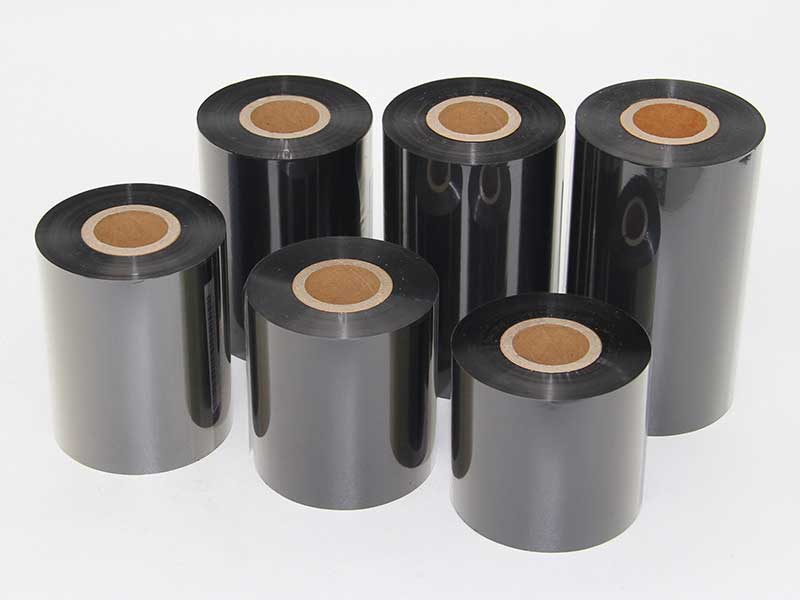
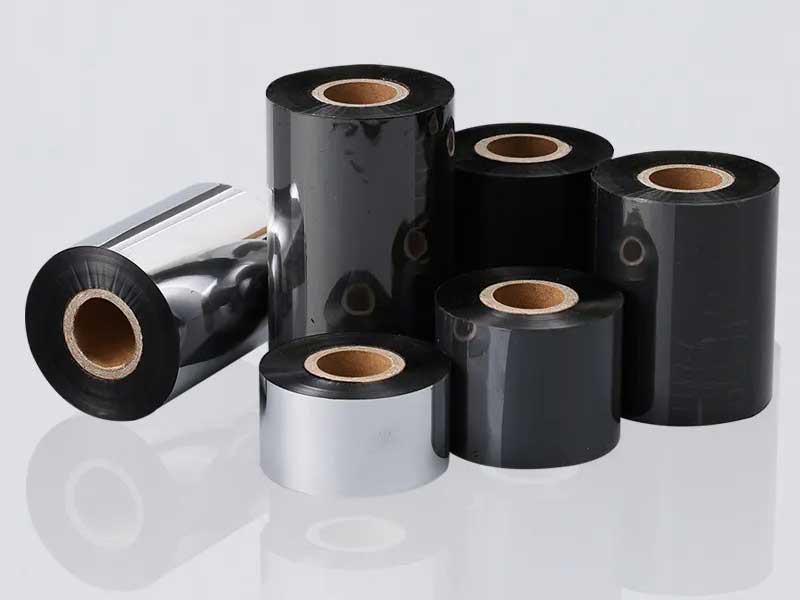
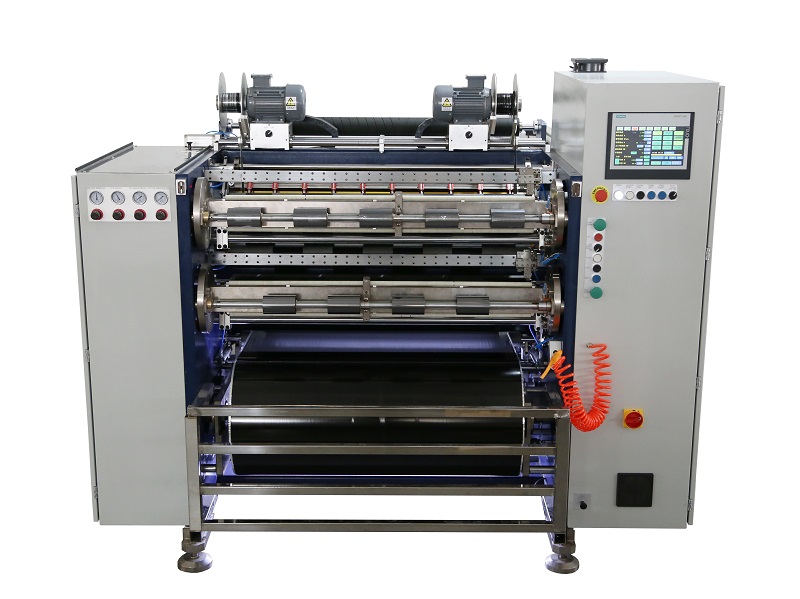 Fully Automatic TTR Slitter RSDS8 Plus
Fully Automatic TTR Slitter RSDS8 Plus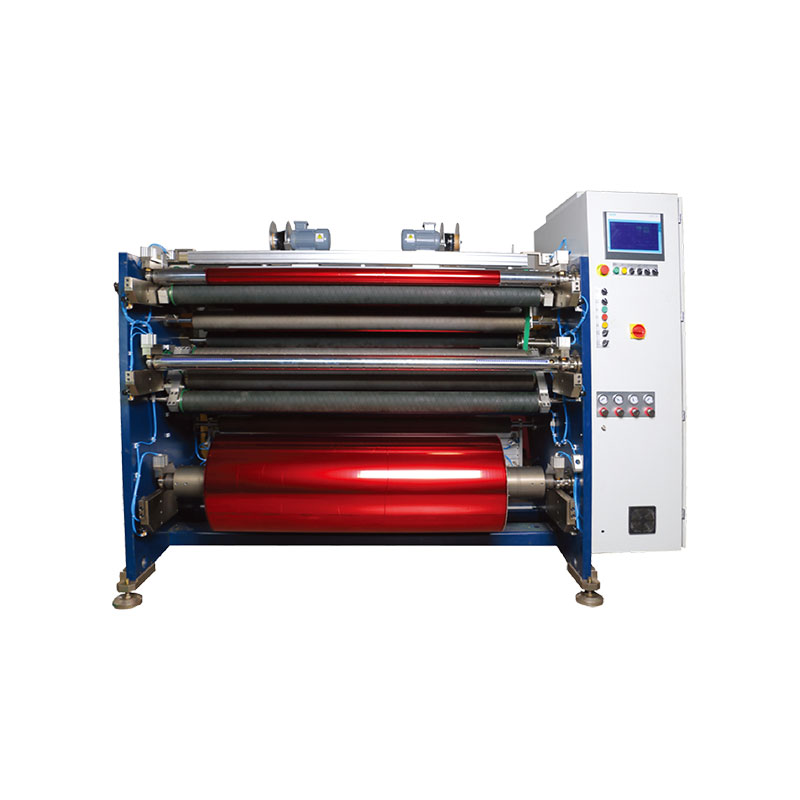 Hot Stamping Foil Slitter 1600mm
Hot Stamping Foil Slitter 1600mm Hot Stamping Foil Slitter (4 Shafts)
Hot Stamping Foil Slitter (4 Shafts)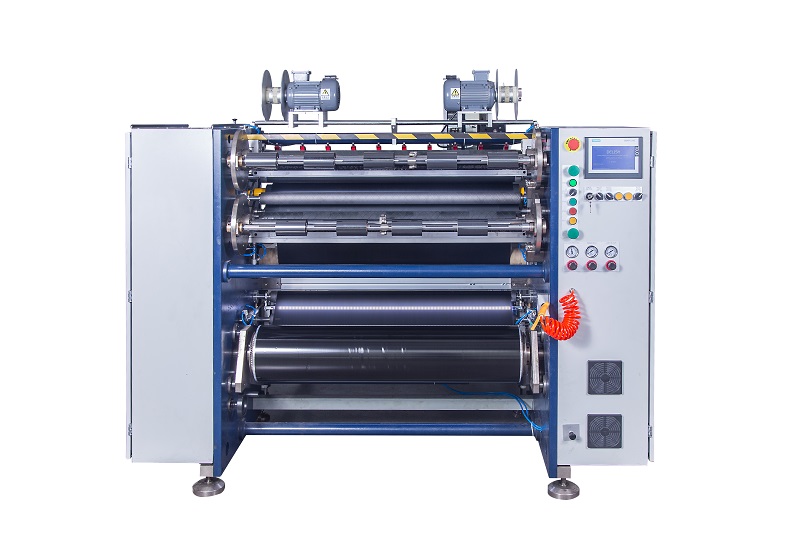 Semi-Auto TTR Slitter RSDS2 Plus
Semi-Auto TTR Slitter RSDS2 Plus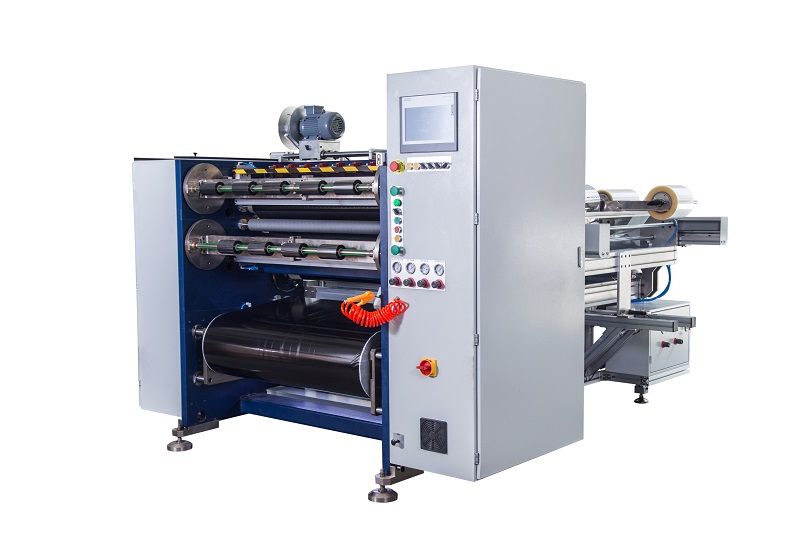 Semi Automatic TTR Slitter RSDS5 Plus
Semi Automatic TTR Slitter RSDS5 Plus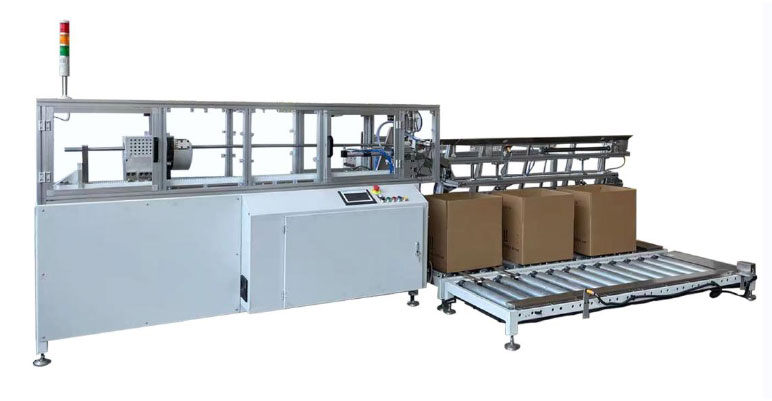 Auto Paper Core Cutter
Auto Paper Core Cutter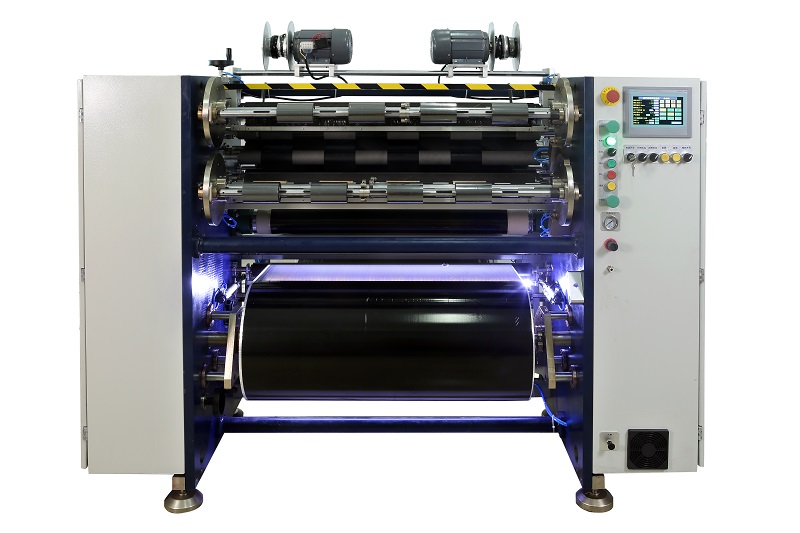 Manual TTR Slitter RSDS2
Manual TTR Slitter RSDS2 Manual Paper Core Cutter
Manual Paper Core Cutter





